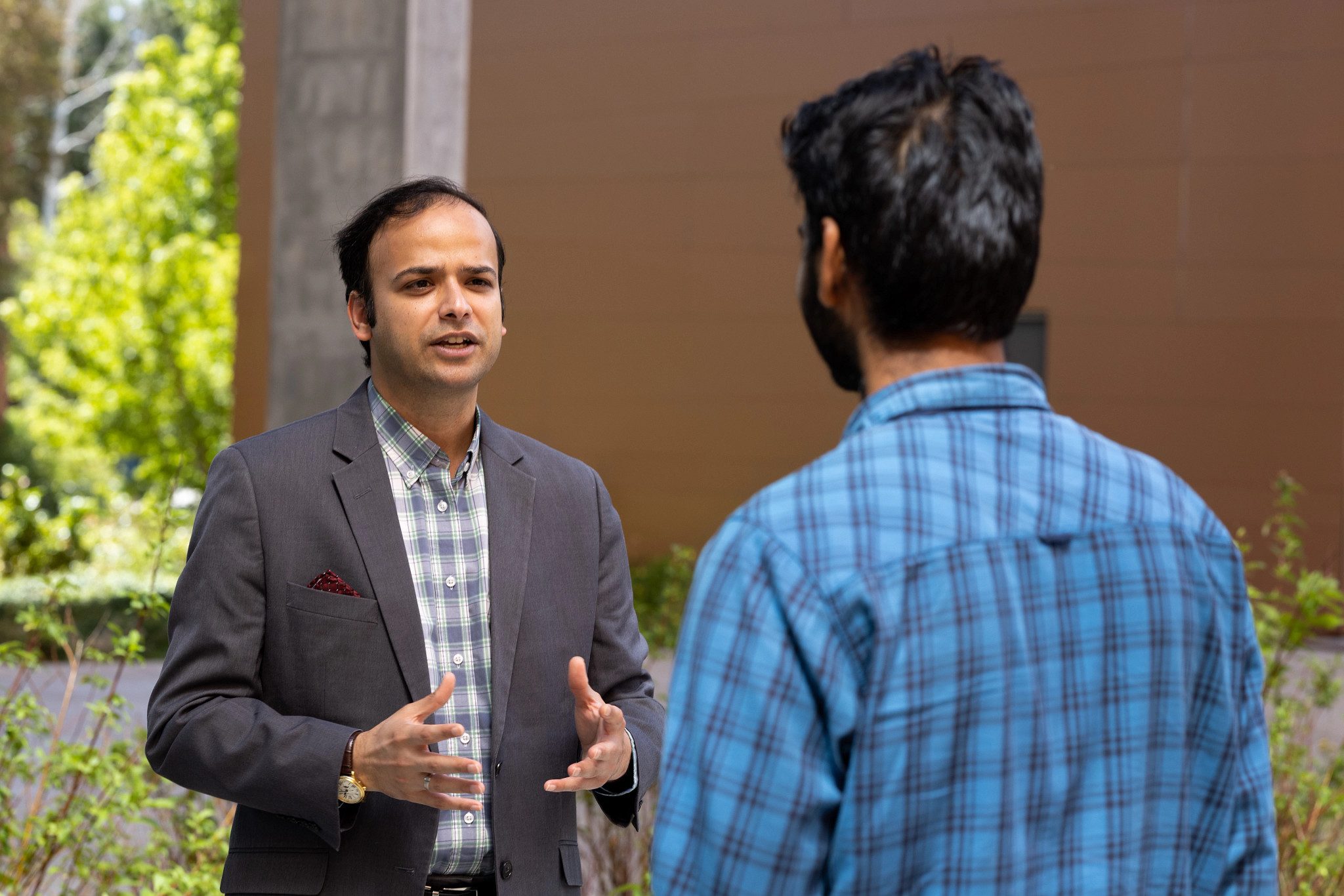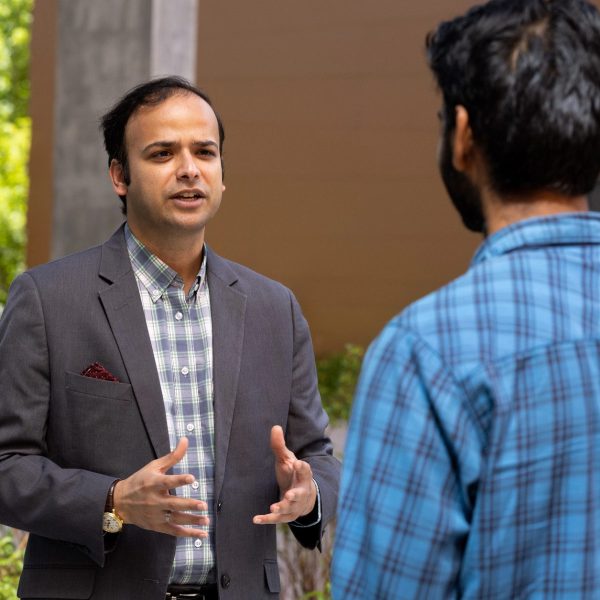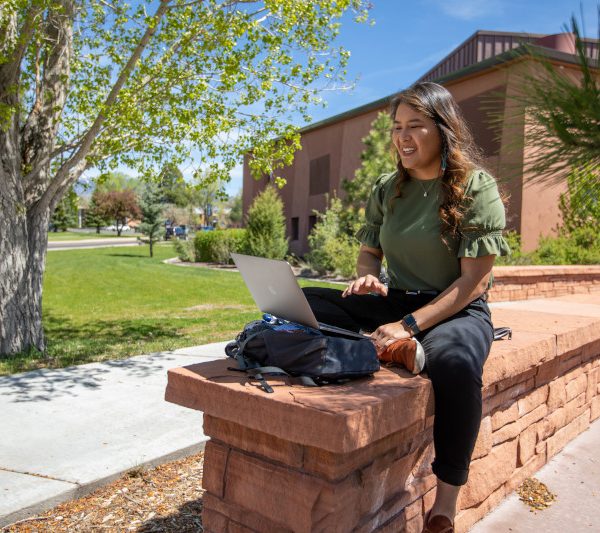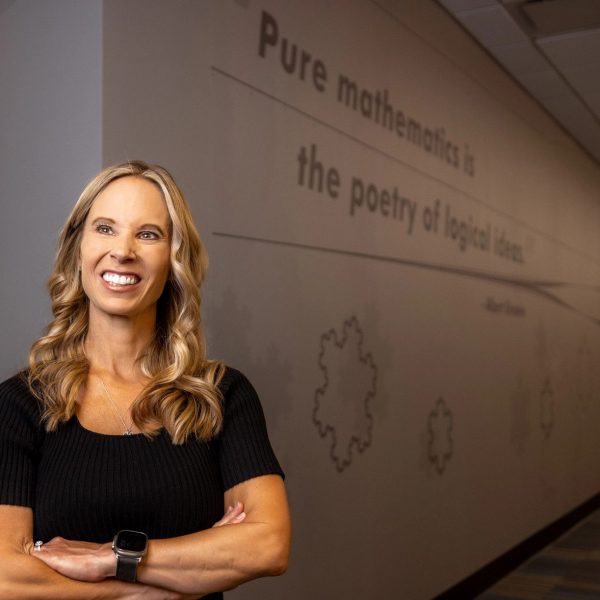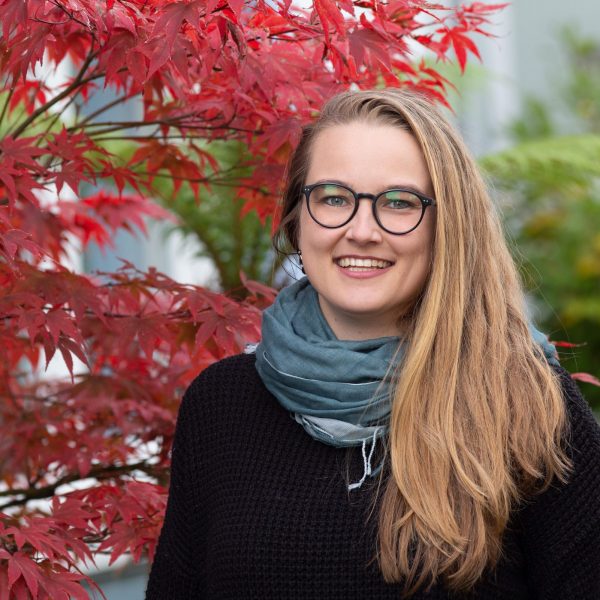Ragh Singh, a Program Manager at the Center for International Education (CIE), helps students as they transition from India to Flagstaff and begin an education at Northern Arizona University. For Singh, it’s about providing opportunities for international students and sharing the world’s cultures with NAU.
Singh recently returned from India. While there, he visited with prospective students and their parents, offering insights on what it would be like to go to school at NAU and what they would gain from an education in the US.
Singh understands these students. “Sixteen years back, when I came to the United States, I was excited to study in a destination that has some of the best higher education institutions in the world and one of the greatest qualities of living—whether that means job opportunities or getting to interact and meet with people from all over the world,” Singh says. “For me, talking with these prospective students has been very exciting because I get to share why I decided to come to the US.”
Starting college in a new place
When they decide to study at NAU, Indian students leave their families and a country that has no snow (mostly) to arrive in a cold climate with different food and culture. How do they cope? Cricket helps. Also, they get a lot of help from the hard-working CIE team.
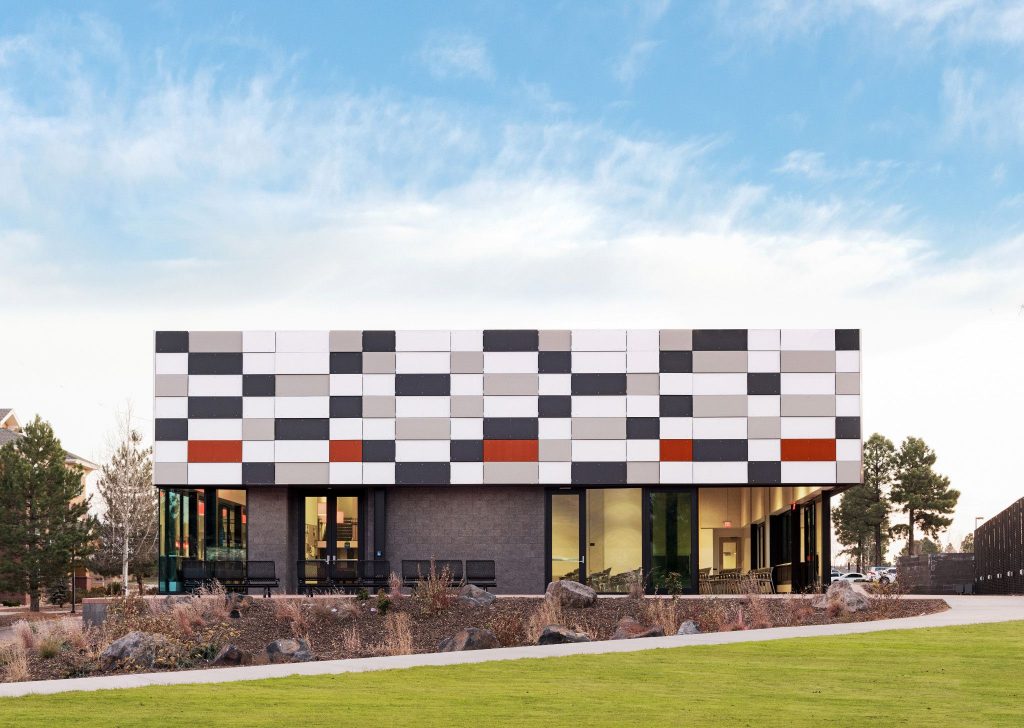
Before students leave their country—whether it’s India, England, or Côte d’Ivoire—the CIE team starts to prepare them for NAU. “We provide a lot of information sessions, not just the new student orientation that happens in the week before students start their classes,” Singh explains. “In the two to three months that lead up to the new student orientation, we hold a number of different webinars with our international students.” In these webinars, titled “Pack Your Bags,” CIE staff walk the students through what they need to know about housing, visas, health, and transportation, among other matters. CIE staff email and chat individually with students and parents, answering any final questions. If students fly direct to Flagstaff, someone picks them up from the airport. If they fly to Phoenix, students have a list of transportation options.
After the initial excitement of being in a new place wears off, homesickness can set in. “Probably my first semester in the US was a little challenging in terms of missing my family, missing the food, the cultural environment,” says Singh. He and the rest of the CIE staff are available to talk to students and make sure they are aware of NAU’s counseling services. CIE also helps international students find community by hosting events throughout the year. “In the past, we have had events during our Thanksgiving and Christmas breaks for our new international students,” Singh says. “The idea is to keep these students engaged not just from an academic point of view, but also a cultural point of view, where they get to meet other international and domestic students.”
Indian students also connect through the Indian Association of Northern Arizona. “We have celebrated Diwali, which is the largest festival in India, and Holi, the Festival of Colors,” Singh says. “Having a very tightly knit Indian student organization has really helped because they’ve brought these new incoming students together celebrating festivals.” And, yes, the students formed a cricket club—Jacks Cricket Club—to bring India’s most popular sport to NAU.
Singh acknowledges that international study suffered—and is still adapting—because of COVID. “I would say the Center for International Education had to adapt and change to new technologies because we knew that we weren’t going to be able to travel,” Singh says. “But we needed to connect with our students, whether it was through Zoom, phone calls, or emails, in order to constantly communicate and provide the most accurate and up-to-date information.” Many parts of the world, Singh explains, are still dealing with COVID: “We’re constantly providing support to these students and communicating with them regularly on what may be some other opportunities, such as pursuing an online or hybrid program before they come to NAU. And just provide them that glimpse of opportunity on what they can do in continuing their pathway to NAU.”
Opportunities for international students
Singh points out that many international students are interested in getting work experience before they head back to their countries. One of CIE’s goals is to help meet that interest through job training programs. “In technical terms, in international education, these are called the CPT, or Curricular Practical Training, that they could pursue within their academic program, perhaps during a summer break as an internship,” Singh says. “Or after completing their program, they could pursue something called the OPT, Optional Practical Training.”
CIE holds International Career Week so students can visit with employers who hire or provide internships to international students. “The idea is to bring in employers and provide information on opportunities our international students would have once they graduated,” Singh says. “The pathway for international students once they graduate can be a little bit more challenging due to the work permit resources. We also bring in employers who hire international students, whether for an internship or for jobs.” CIE alumni who successfully gained employment also attend the event to offer suggestions.
Bringing the world to NAU
When asked what made him excited about his job, Singh says, “We’re helping the world connect in these trying times where many events are happening across the world. Being able to share the unique American experience through its higher education system and make someone’s journey a little bit easier as they decide to come here to NAU—to the US. Certainly, that gets me very excited.”

